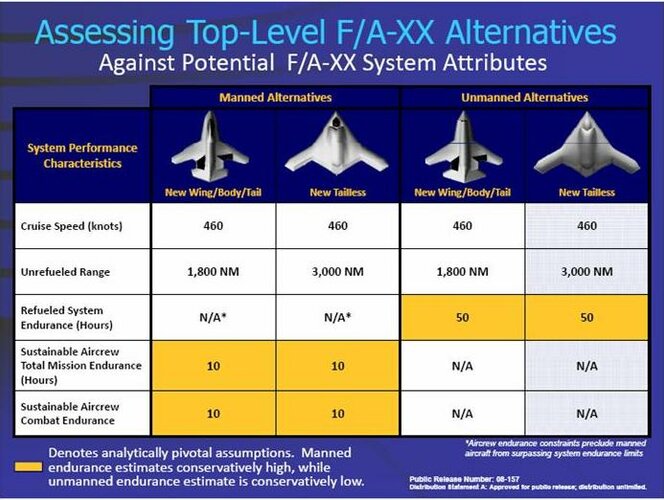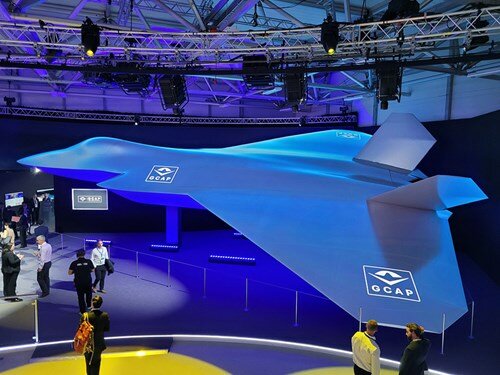In late 1962, at program go-ahead, the F-111B was to have an empty weight of about 39,000 pounds and a gross weight of a little less than 70,000 pounds, including six Phoenix missiles at 1,000 pounds each and 23,000 pounds of fuel for four hours on station at a 150 nm distance from the carrier. The August 1965 SAC projected an empty weight of 46,000 pounds and a takeoff weight of 77,566 pounds with the six Phoenix and fuel for 3.8 hours time on station. In 1968, the Navy was still projecting that the final production configuration would have a weight empty of 46,121 pounds.




